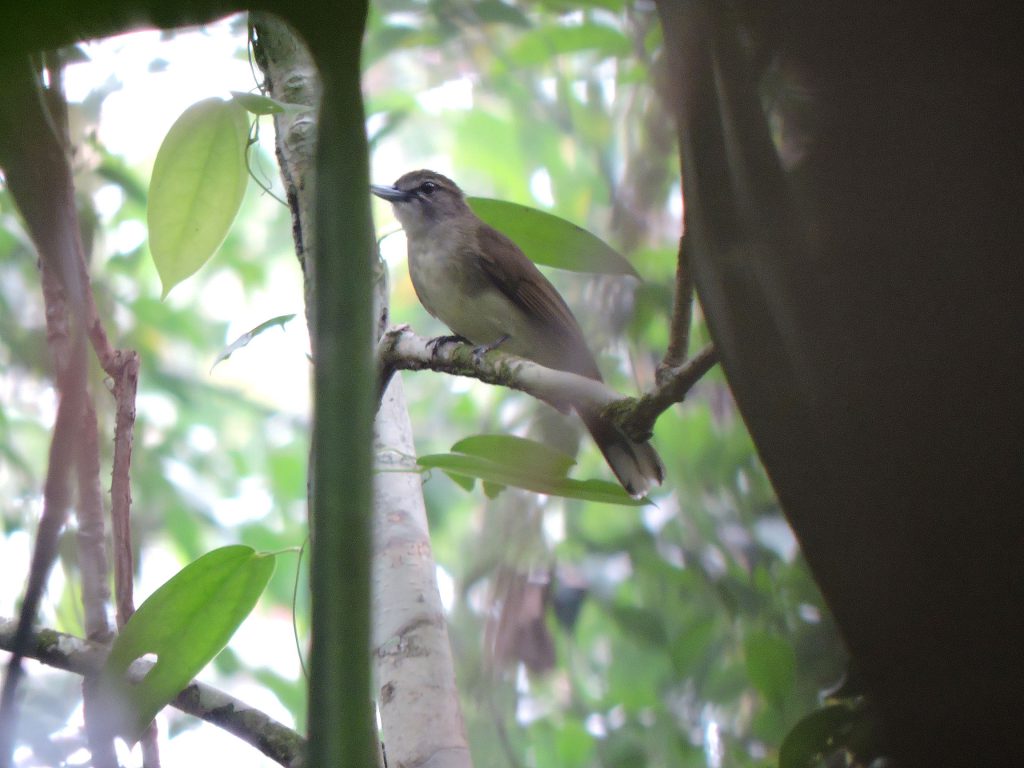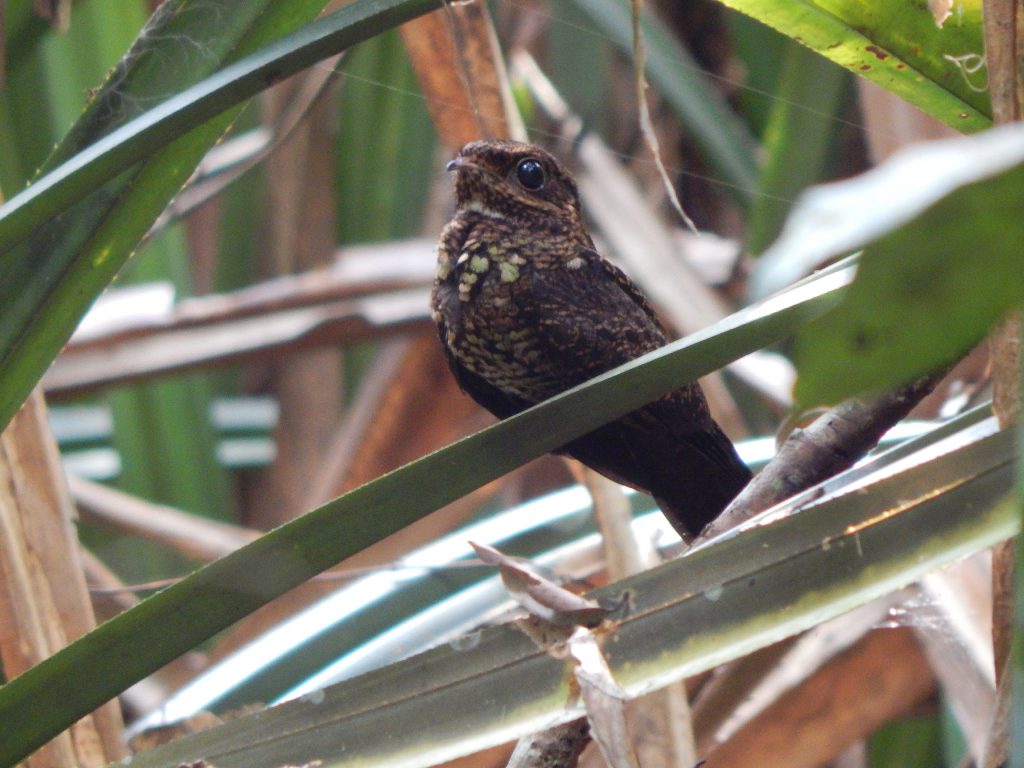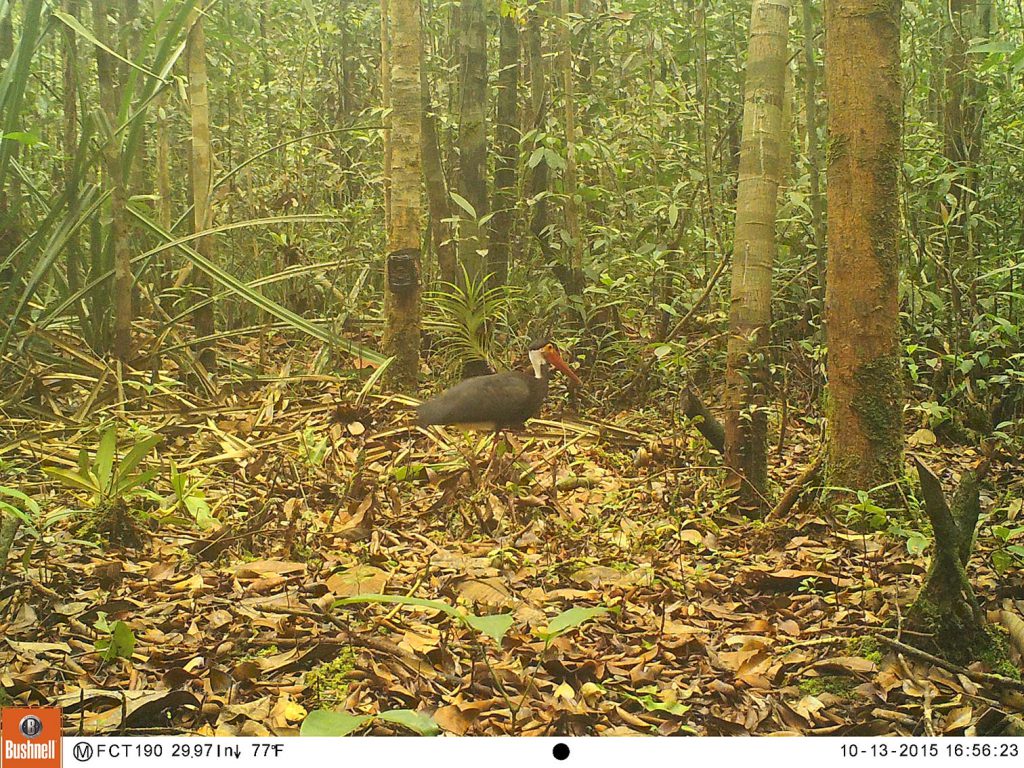Peatland Restoration Project Sees Return of Endangered Bird Life to Sumatra’s Kampar Peninsula
Restorasi Ekosistem Riau (RER) has published a new report, Birds of the Kampar Peninsula: An Annotated Checklist, which details the presence of 299 rare and endangered birds in its Kampar Peninsula peatland restoration forest area and surrounds. This includes the critically endangered Helmeted Hornbill (Rhinoplax vigil), which features in the International Union for Conservation of Nature (IUCN) Red List of Threatened Species.
Compiled by ecologists at RER as part of a publication series, the checklist is a record of all the bird species that have been identified, as of June 2017. As the first record of its kind to be compiled in the area, it will serve as a benchmark reference for bird fauna in Riau.
The new checklist compiles the results of several biodiversity assessments conducted since 2010 and indicates a significant increase in the number of bird species identified in the area. A 2004 study by BirdLife International listed the Kampar Peninsula as an Important Bird Area (IBA) with 128 species identified, including five IUCN bird species classified as globally threatened by the IUCN.

Hook-billed Bulbul
The critically endangered Helmeted Hornbill is one of 299 species identified, alongside three species that have been classified as Endangered by the IUCN – the White Winged Duck (Asarcornis scutulata), the Milly Stork (Mycteria cinerea) and the Storm’s Stork (Ciconia stormi) – as well as a further ten species classified as Threatened. These include the Hook-Billed Bulbul (Setornis criniger), Wallace’s Hawk-Eagle (Nisaetus nanus), Bonaparte’s Nightjar (Caprimulgus concretus) and the Malay Crestless Fireback (Lophura erythrophthalma).

Bonaparte’s Nightjar
More than 80 per cent of the birds identified are resident, with the remainder migratory.
As home to this growing community of rare or endangered bird life, the Kampar Peninsula covers approximately 344,000 hectares and is considered to be the largest remaining contiguous area of lowland peat swap in Sumatra. This diverse landscape includes 129,357 hectares at the heart of the peninsula as part of the RER project, representing the largest contiguous ecosystem restoration license area in Indonesia.
Surrounding this is a mix of landscapes, including riparian, mixed peat swamp and pole areas, as well as industrial plantations for oil palm, rubber and wood fibre, small holder plantations, farmlands and human settlement.

Storms stork
The return of species such as the White-winged Duck and Storm’s Stork indicate that the threats, noted in the Birdlife International report, such as forest clearance, logging, industry and infrastructure development for oil and coal mining have been greatly diminished. Commitments to zero deforestation and sustainable forest management policies, as well as a significant increase in the size of the RER project area in 2015, have helped to create an environment where bird life can flourish.
An important additional factor has been the absence of illegal encroachment and fire in the Kampar Peninsula since 2015, as a result of community level fire prevention initiatives, such as APRIL’s Fire Free Village Programme, which has had success working with communities on the perimeter of the Kampar Peninsula area.
Read more about RER at www.rekoforest.org
For more information on the Birds of the Kampar Peninsula: An Annotated Checklist, please contact the RER ecologist team members:
Muhammad_Iqbal@aprilasia.com
Prayitno_Goenarto@aprilasia.com




